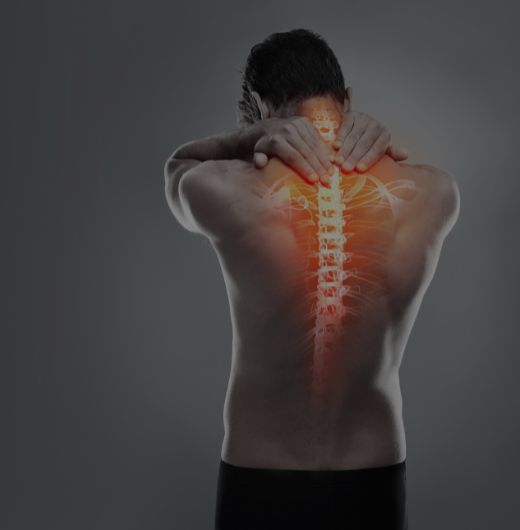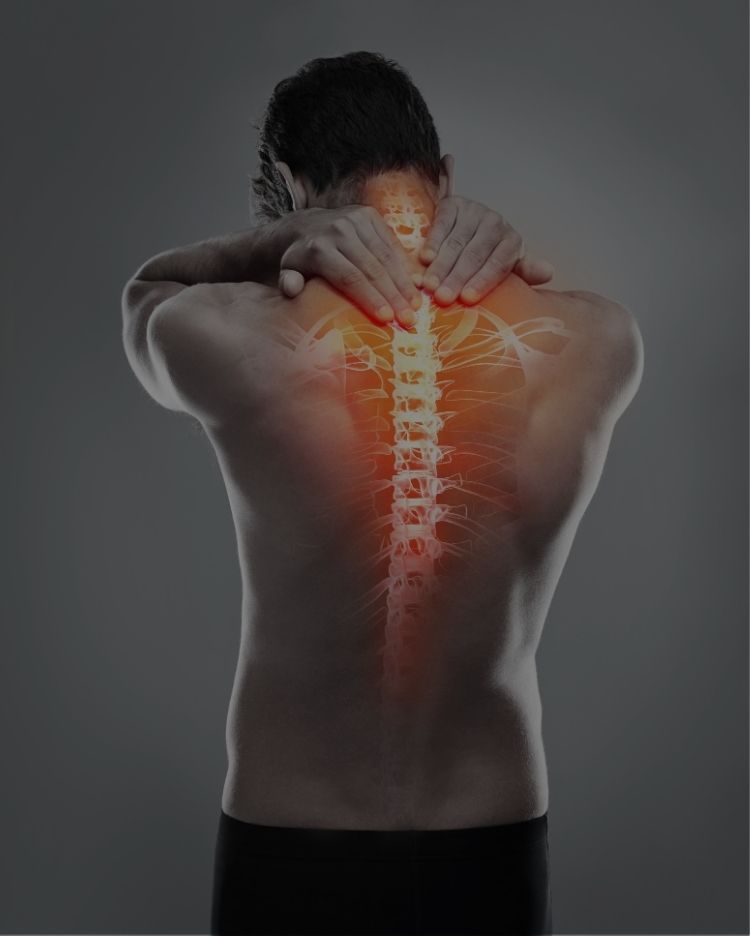If you’re experiencing chronic pain after a spinal fusion, you may be eligible for disability benefits after a back fusion. This blog explores how the surgery impacts your ability to work and qualify for long-term disability benefits.
As disability claims lawyers, we have the unique and wonderful opportunity to keep learning about injuries and sickness and how they relate to the breakdown of the human body. Over the years, we have had the chance to represent and learn about spinal fusions, back surgeries and the procedure called a laminectomy.
A spinal fusion is a surgery that is intended to stop the motion in your spine – in other words; fusion surgery is recommended to fuse two of your vertebral bones together and have them grow solidly. A back fusion will normally be recommended if you have suffered a major injury to your inter-vertebral discs or severe disc degeneration.

Denied Disability Benefits After Surgery?
Contact Us Today
Your Surgeon Might Recommend a Fusion if You Are Hurt or You Are Suffering Terrible Back Pain.
Your spine is made up of three major sections – your cervical spine (neck areas), your thoracic spine (mid-back), and your lumbar spine (lower back). You have a total of 33 stacked bones, one on top of the other. Your cervical spine – which supports your head, is made up of vertebrae called C1-C7. Your thoracic spine, which grips your ribcage and protects your heart, is made up of vertebrae called T1 to T12. Your lower back, your lumbar area, which mostly supports your body weight, is made up of 5 vertebrae called L1-L5.
In between your vertebral bones, you have cushions, or discs (intervertebral discs), which keep the bones from rubbing together. Unfortunately, if we are hurt or as we age, our discs get flatter and absorb less fluid. Injuries can cause the discs to herniate, which compresses the nerve roots and causes major back pain. If the pain becomes unbearable, your orthopedic surgeon can recommend a fusion, which would remove the disc or cushion, and fuse the vertebra on top and below the disc which was removed.
There are many techniques, the most common being using pedicle screws in the vertebras, which act as anchors for metal rods. The construction then prevents the motions at the areas being fused.
Chronic Back Pain After a Fusion Is a Reality for Some People.
If you have back pain after your fusion, please seek medical advice from your surgeon. From what we have observed on our files, sometimes a disability claimant may experience back pain after a fusion that simply does not go away and becomes chronic. Everyone responds to major surgery differently. For example, there can be an issue with the buildup of scar tissue or an issue called “transference,” which means (in simple non-medical terms) that stress is transferred further up the spine, which causes deterioration and “new” pain. Some people may have to participate in physio indefinitely in order to keep “stretching” the stiffness caused by the spinal fusion.
Can I Get Disability Benefits After a Backfusion?
In some cases, certain claimants may be entitled to disability benefits, both short-term and long-term, following a spinal fusion. In order to receive long-term disability benefits, a claimant must satisfy the definition of total disability. Total disability, within the context of most policies, means that for the first 2 years after an injury, disability claimants who suffer chronic pain after a back fusion must be disabled from doing their own job. After 2 years, or after the change of definition, a claimant must be disabled from completing any employment for which they are reasonably suited by age, training, education or experience.
Claimants that may satisfy the definition of total disability after a back fusion maybe someone like an accountant who sits at a computer all day, a receptionist or anyone else who has a sedentary position that may aggravate pain and stiffness after a spinal fusion. Other claimants maybe someone like a factory worker on an assembly line with limited education, a construction worker, or a plumber who needs to bend, twist, lift, crouch and stoop…constantly.
A claimant may also suffer pain in other areas of his or her body in addition to the spinal fusion. For example, if someone was severely injured in a car accident, they may end up undergoing spinal surgery in certain areas of their back – but they may also suffer conditions in other areas of their back and neck that add to the disability and functional limitations.
For example, a claimant may also suffer spinal stenosis, degenerative disc disease, osteoarthritis, inflammation in the membranes that protect the nerve of the spinal cord, narrowing of the spinal canal or overall muscle atrophy and weakness caused by the area of the spine that was fused.
Matt Lalande and his team were a godsend to me. After being denied long term disability for a serious disability i felt crushed . I decided to give Matt’s office a call . I got to voice-mail and just hung up feeling even worse . Very shortly after I hung up Matt called me and we talked about my situation. He invited me to his office and we discussed the process of challenging my insurance company. He was very honest and thorough and he put my mind at ease . Prior to my mediation, Matt set very realistic expectations . He arrived at a settlement that met my needs, especially considering there were a couple complexities with my situation . Matt and his team are highly professional and good genuine people. Thank you so much Matt. – Dawn
Contact a Denied Long-Term Disability Lawyer if You Have Been Denied Your Long-Term Disability Benefits.
If your back fusion did not mend your underlying spinal condition and you are experiencing any of the symptoms noted above, it may be worthwhile to contact a Hamilton disability lawyer serving Ontario. We can assess your condition, your policy, and your clinical records and obtain proper clinical opinions which will determine the extent of your disability in relation to the total disability provisions in your policy.
Contact one of our Hamilton Lawyers today for a free no-obligation consultation. Call us at 905-333-8888 or contact our live chat operator who will be happy to set up and appointment with you.
Article FAQs
Yes, if you suffer from chronic pain after a spinal fusion and it prevents you from working, you may qualify for long-term disability benefits under your policy’s total disability definition.
For the first two years after an injury, disability benefits may be available if the pain from the fusion prevents you from doing your current job. After two years, the definition expands to prevent you from performing any work you are reasonably suited for based on your experience, education, and training.
Conditions like spinal stenosis, degenerative disc disease, osteoarthritis, inflammation, and muscle atrophy can arise after surgery, contributing to disability and impacting your claim for benefits.
Sedentary jobs like accounting or receptionist positions may aggravate pain, while physically demanding jobs like construction or factory work may be more likely to result in disability benefits due to their strenuous nature.
Eligibility depends on the severity of your pain, how it affects your ability to work, and the total disability provisions in your insurance policy. A disability lawyer can help assess your situation.


